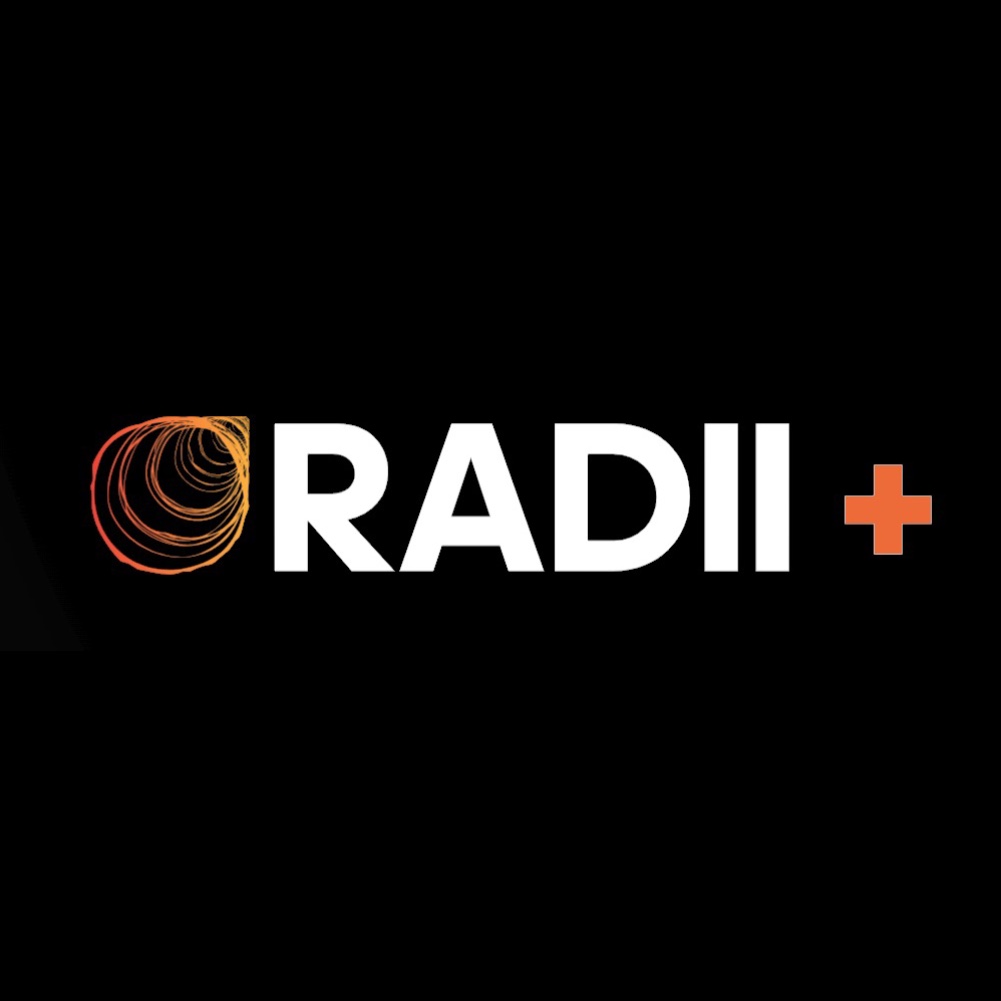Ad agency holding corporations are notoriously ruthless in their prioritization.
These vast organizations control a significant portion of the global advertising budgets, necessitating that they allocate resources to the most significant markets while simultaneously pursuing cost reductions in other areas. All of this is done to benefit the bottom line.
Cost reductions are imminent for one of the most significant advertising channels in history. In the next two years, linear TV will be so deprioritized that holding companies will begin outsourcing their linear purchasing. This encompasses all of linear television, including both large and minor networks, as well as broadcast and cable.
READ MORE: Q1 2025 Alcohol Beverage National Linear TV Ad Spend Increases By More Than 33%, Per iSpot
If that appears preposterous, it is likely that you have not been paying sufficient attention. This transition has already commenced, as holding corporations have essentially ceased the purchase of local linear TV.
The necessity of reducing operational burden

Local linear purchasing was the primary source of revenue for media agencies owned by holding companies for many years. This began to change approximately two decades ago in response to the rapid expansion of streaming, the proliferation of digital media, and the increase in the number of national cable channels.
The time and expense of local linear buys soon became prohibitive for larger agencies and holding companies to generate any profit from the purchase. Due to this, virtually no holdco is interested in purchasing local linear TV. The majority of agencies now outsource local linear purchasing to specialty agencies in order to better serve their clients.
Local linear is now following the trajectory of other channels, such as print and radio, which were once a significant component of media purchases but are no longer. The linear TV inventory is effectively terminated as a result of WideOrbit’s recent announcement that it will be discontinuing its supply-side platform, Upzing. WideOrbit and other companies acted as the foundation for holding companies that desired to maintain linear execution within their premises. However, ZingX, one of the last significant pieces of infrastructure that supported that model, has been rendered obsolete by its shutdown and the consequent termination of its demand-side platform. This has the potential to expedite the industry’s transition to hybrid or outsourced strategies.
What is the significance of the remaining linear TV content that requires holding companies to maintain their position in light of the rapid expansion of streaming? There is still an audience, as is the case with radio and print. However, the most cost-effective course of action for Holdcos is to outsource their linear workstations.
The linear market is contracting.

If this timeline appears to be accelerated, it may be beneficial to examine the surroundings. The proportion of consumer time devoted with linear has decreased from 72% in 2020 to 57%. This year’s upfronts are indicative of a tidal change, as linear TV is now considered an appendix to streaming purchases. All major media companies have their own streaming platforms that include an ad-supported tier, and they are all betting on these platforms to secure their futures.
Even the major live sports events, which were once the saving grace of linear TV, are now being sold as packages that necessitate corresponding purchases of streaming content.
This train is solely progressing. In terms of both advertiser interest and publisher priority, linear is losing ground to streaming. Although some holding companies may provide linear procurement as a service to their clients, it is more probable that it is contracted out to specialized companies in order to reduce expenses.
This is a positive development.
READ MORE: Pulling A Fast One: 25% Of CTV Ad Inventory May Only Be Purchased Via Linear TV
Although linear television’s significance is diminishing, it is far from insignificant. Linear still serves as an excellent method for acquiring an audience with efficiency and scope in a manner that optimizes performance.
Holding companies have minimal profit potential and virtually no potential for expansion. Conversely, this is advantageous for technology companies, business processing outsourcers, and small agencies that have automated linear processes. The same is true for the brand’s patrons. Brands can continue to allocate funds to a channel that is still watched by tens of millions of consumers, and they can do so at an efficient return on ad spend by collaborating with a lesser company that possesses the necessary expertise and focus.
In the advertising industry, outsourcing is the straightforward consequence of marginalizing a channel. Radio, print, and local linear have all demonstrated this phenomenon. The main holding companies are burdened with an excessive amount of work and inadequate profits as a result of these channels.
It is anticipated that a number of newer agencies will specialize in linear TV in order to manage the outsourcing from the holdcos.
Step into the ultimate entertainment experience with Radii+ ! Movies, TV series, exclusive interviews, live events, music, and more—stream anytime, anywhere. Download now on various devices including iPhone, Android, smart TVs, Apple TV, Fire Stick, and more!


